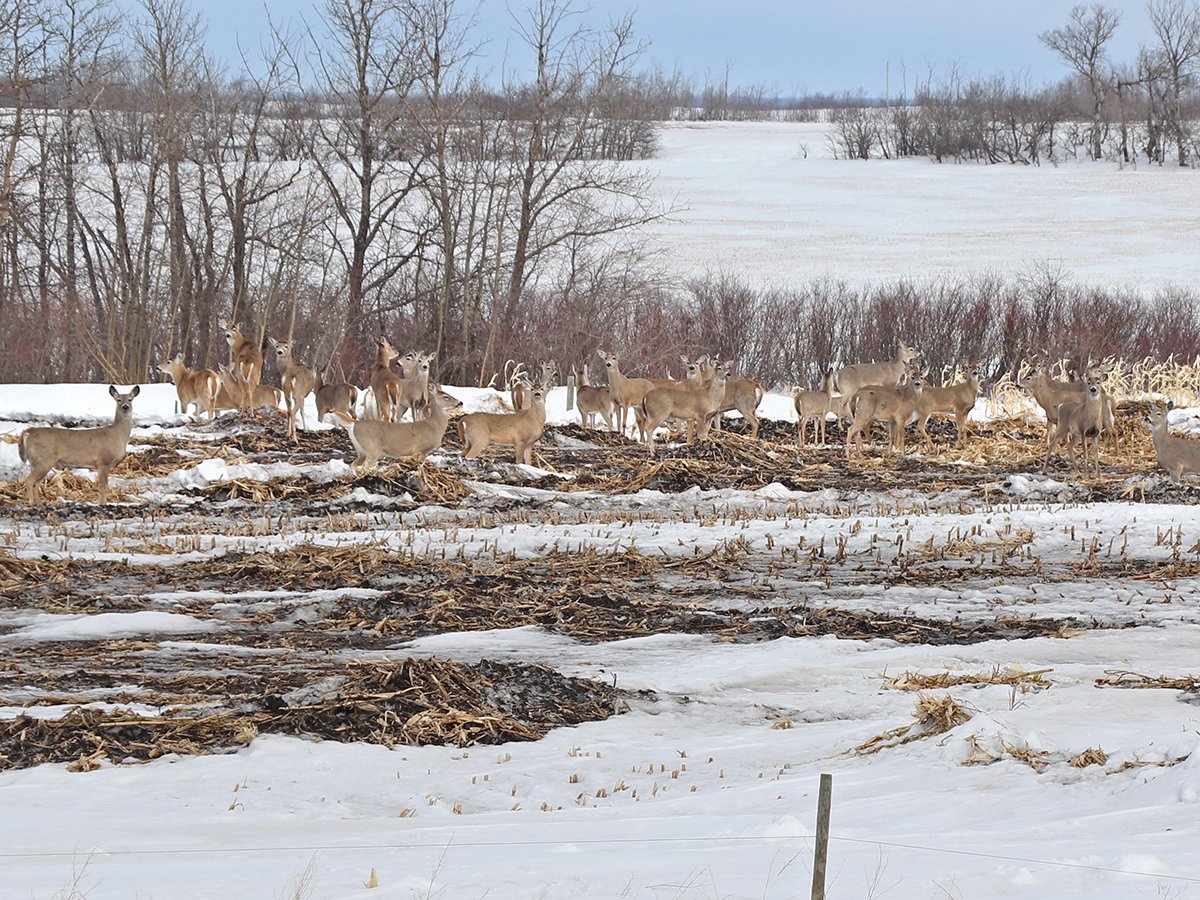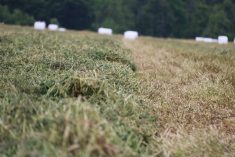RED DEER – Producer should use seed treatments to control cutworms and flea beetles when they are most vulnerable, says Lloyd Dosdall of the University of Alberta.
Flea beetles were at record levels in Alberta last year and many successfully overwintered as adults.
“In 2003 we had levels that were unheard of in this province,” Dosdall said at an agronomy workshop in Red Deer. “We are looking at another year in 2004 of continued flea beetle outbreaks.”
The insects moved into fields and feasted on early emerging plants. Warmer air and soil temperatures in the last few years helped more beetles thrive.
Read Also

Foot-and-mouth disease planning must account for wildlife
Our country’s classification as FMD-free by the World Organization for Animal Health has significant and important implications for accessing foreign markets.
A large outbreak is anticipated when there are high levels of insects the previous fall, dry soil conditions the year before and short canola rotations.
A shortage of good seed treatments makes the problem worse, he added. Products such as Helix, Gaucho and the newly approved Prosper perform reasonably well on flea beetles, but the loss of lindane was a blow to farmers because replacement products are not as effective.
Seed treatments are systemic and seedlings absorb the insecticide as they are growing. Flea beetles are killed when they feed on the plants. Without seed treatments, insects could eat more than 75 percent of the plant.
“Plants can’t recover from that level of damage,” Dosdall said.
Farmers should apply a foliar spray when there is 25 percent defoliation because the beetles can strip away another 25 percent of the plant within a day. With careful monitoring, a farmer may have to spray only the field’s outside perimeter.
Cutworms are another pest. There are 14 species capable of damaging crops but the redbacked cutworm, armyworm and pale western worm are the most serious in Alberta.
They successfully overwinter as eggs or tiny larvae. The eggs are laid in soft soil in the fall.
In fields that aren’t tilled in the fall, a crust forms and the females cannot penetrate the soil to lay eggs.
“We have seen in the last two years more problems with cutworm infestations in conventional till rather than zero till,” Dosdall said.
Diamondback moths are another problem. They are transported on the wind, many from the United States. Cool cloudy weather slows egg laying and they die out in rainy years.
The lygus bug was not serious in Alberta last year. Bertha armyworm can be found in fields from mid-June to August. Cabbage seed pod weevil was found in low levels in 2003 with most problems appearing in southern Alberta from Lethbridge to Medicine Hat.
Grasshoppers hatched by May 25 last year and did substantial damage across many regions. Substantial egg laying occurred late last year so another scourge is anticipated for 2004.















